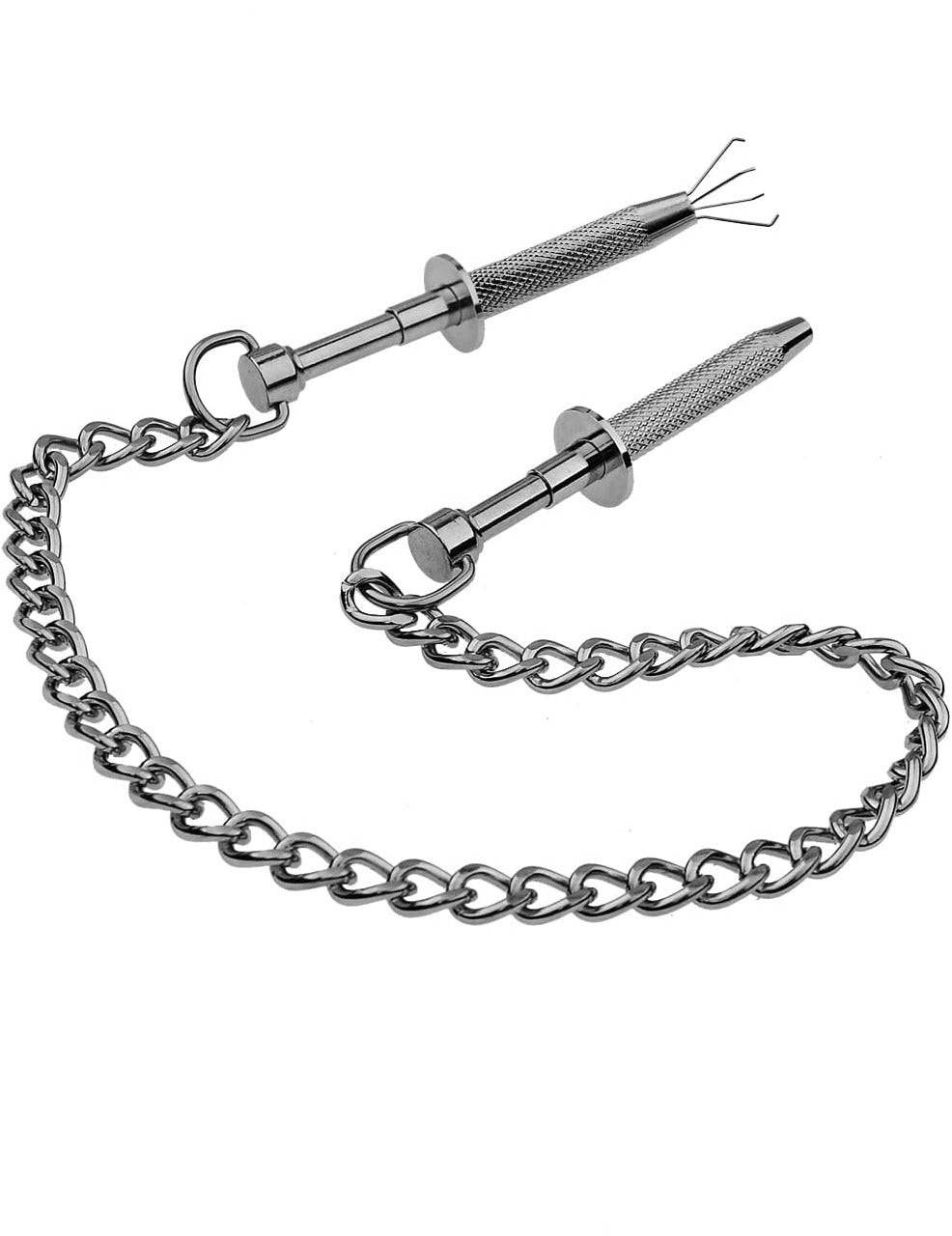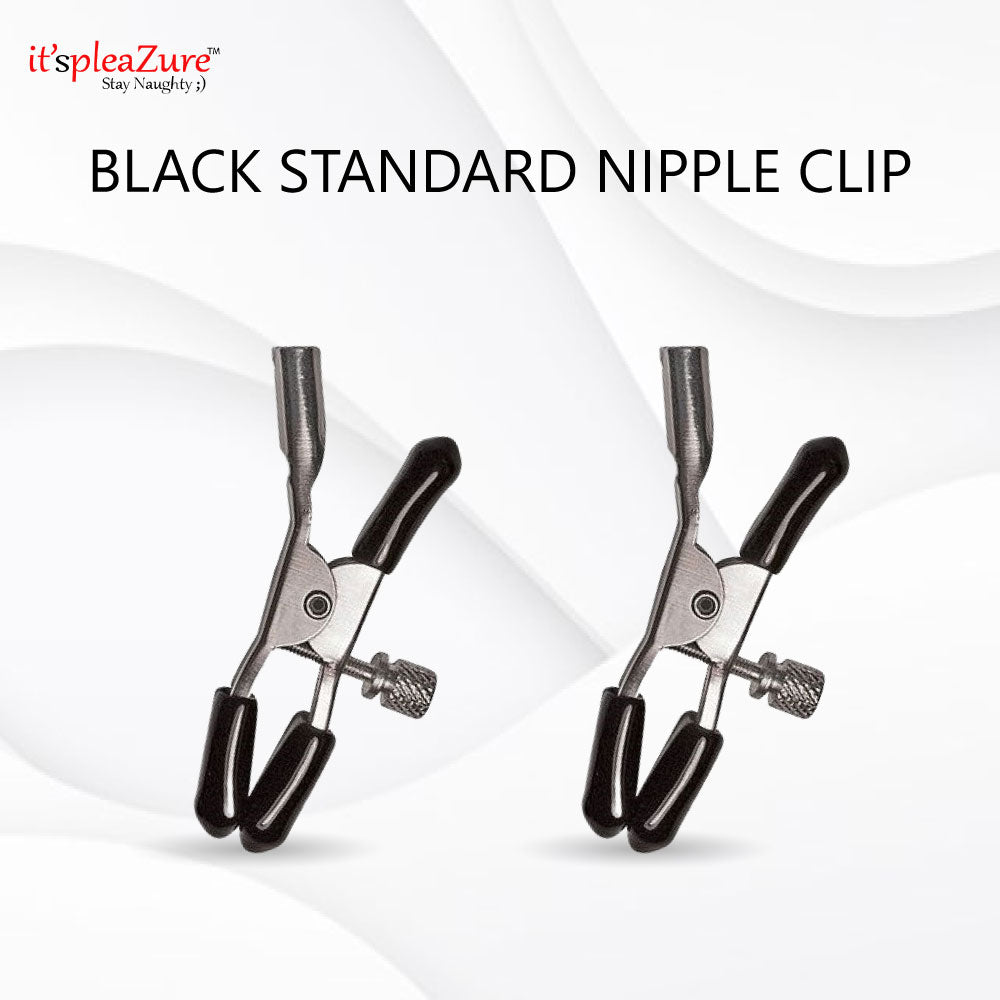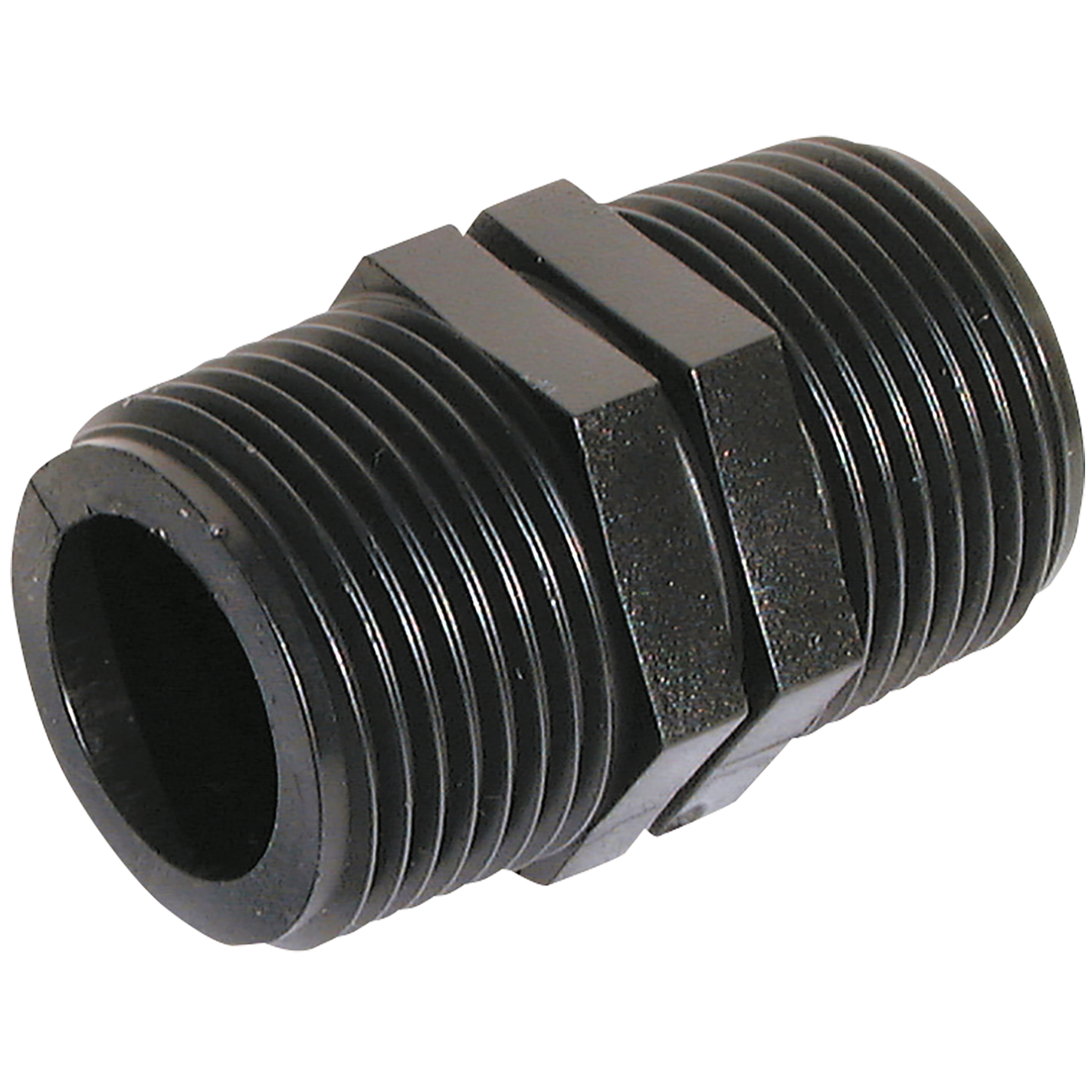Waterpolo nipple is a common condition that affects many athletes, particularly those involved in water sports. This phenomenon can be uncomfortable and even painful, making it essential to understand its causes and how to prevent it. Whether you're a professional athlete or a casual participant in water-based activities, learning about waterpolo nipple can help you protect yourself and enhance your performance.
Waterpolo nipple has been a topic of discussion among athletes and sports enthusiasts for years. The condition occurs when the nipple becomes irritated or chafed due to repeated exposure to water, friction, or other factors. Understanding the underlying causes of waterpolo nipple is crucial for those who want to avoid discomfort during their activities.
In this comprehensive guide, we will explore the various aspects of waterpolo nipple, including its causes, prevention methods, and treatment options. By the end of this article, you will have a thorough understanding of how to manage and prevent waterpolo nipple effectively.
Read also:Luke Rockwell Unveiling The Journey Of A Rising Star
Table of Contents
- What is Waterpolo Nipple?
- Causes of Waterpolo Nipple
- Symptoms and Diagnosis
- Prevention Methods
- Treatment Options
- Common Myths About Waterpolo Nipple
- Sports-Specific Considerations
- Clothing and Equipment
- Professional Advice
- Conclusion
What is Waterpolo Nipple?
Waterpolo nipple refers to a condition where the nipples become irritated, chafed, or sore due to repeated exposure to water, friction, or other environmental factors. This condition is particularly common among water polo players, swimmers, and other athletes who engage in water-based activities. The constant contact with water and movement can lead to irritation, making it uncomfortable for athletes.
Although waterpolo nipple is not a serious medical condition, it can cause significant discomfort and affect an athlete's performance. Understanding the condition and its causes is the first step toward effective prevention and management.
Causes of Waterpolo Nipple
Environmental Factors
One of the primary causes of waterpolo nipple is exposure to water, especially chlorinated water. Chlorine in swimming pools can dry out the skin and increase the risk of irritation. Additionally, saltwater or freshwater exposure can exacerbate the condition.
Clothing Friction
Friction from clothing, such as swimsuits or sports bras, can also contribute to waterpolo nipple. Tight-fitting garments that rub against the skin during physical activity can lead to irritation and chafing.
- Chlorinated water
- Saltwater or freshwater exposure
Read also:What Is Mx And Why Does It Matter For Your Websites Success
- Tight-fitting clothing
Symptoms and Diagnosis
The symptoms of waterpolo nipple include redness, soreness, and irritation around the nipple area. In some cases, the skin may become cracked or even bleed. Diagnosis is usually straightforward, as the symptoms are visible and easily identifiable.
It is important to differentiate waterpolo nipple from other skin conditions, such as eczema or dermatitis, which may require different treatment approaches. Consulting a healthcare professional can help ensure proper diagnosis and management.
Prevention Methods
Moisturizing the Skin
Keeping the skin moisturized is one of the most effective ways to prevent waterpolo nipple. Applying a good-quality moisturizer before and after water activities can help protect the skin from irritation.
Wearing Appropriate Clothing
Choosing the right clothing can also play a significant role in preventing waterpolo nipple. Opt for garments made from soft, breathable materials that minimize friction and irritation.
- Use a good-quality moisturizer
- Wear soft, breathable clothing
- Avoid tight-fitting garments
Treatment Options
Over-the-Counter Creams
For mild cases of waterpolo nipple, over-the-counter creams or ointments can provide relief. These products often contain ingredients that help soothe irritated skin and promote healing.
Professional Treatment
In more severe cases, consulting a healthcare professional may be necessary. They can recommend prescription treatments or other interventions to address the condition effectively.
- Use over-the-counter creams for mild cases
- Consult a healthcare professional for severe cases
Common Myths About Waterpolo Nipple
There are several myths surrounding waterpolo nipple that can lead to misinformation and ineffective management. For example, some people believe that waterpolo nipple only affects water polo players, which is not true. Athletes from various sports can experience this condition.
Another common myth is that waterpolo nipple will go away on its own without any intervention. While mild cases may improve with time, more severe cases require proper treatment to prevent further irritation.
Sports-Specific Considerations
Water Polo
Water polo players are particularly susceptible to waterpolo nipple due to the nature of the sport. The constant movement and contact with water can exacerbate the condition. Players should take extra precautions to protect their skin during practice and competition.
Swimming
Swimmers also face a higher risk of developing waterpolo nipple, especially those who train in chlorinated pools. Proper skincare and clothing choices can help minimize the risk of irritation.
Clothing and Equipment
The right clothing and equipment can make a significant difference in preventing waterpolo nipple. Invest in high-quality swimsuits or sports bras that fit well and are made from materials that reduce friction. Additionally, consider using specialized products, such as nipple guards, to provide extra protection during activities.
- Choose high-quality swimsuits
- Use nipple guards for added protection
Professional Advice
Consulting with healthcare professionals, sports trainers, or dermatologists can provide valuable insights into managing waterpolo nipple effectively. These experts can offer personalized advice based on your specific needs and circumstances.
Studies have shown that proper skincare and preventive measures can significantly reduce the incidence of waterpolo nipple among athletes. For example, a study published in the Journal of Sports Medicine found that athletes who used moisturizers and wore appropriate clothing experienced fewer instances of nipple irritation.
Conclusion
Waterpolo nipple is a common condition that affects many athletes, particularly those involved in water-based sports. By understanding its causes, symptoms, and prevention methods, you can take steps to protect yourself and enhance your performance. Remember to moisturize your skin, wear appropriate clothing, and seek professional advice if needed.
We encourage you to share this article with fellow athletes or anyone who may benefit from the information. Leave a comment below if you have any questions or personal experiences with waterpolo nipple. Together, we can raise awareness and promote better practices for preventing this condition.


